The Samurai Museum Berlin houses the largest collection of authentic samurai artefacts outside Japan. On 1,500 square metres, visitors to Europe’s first museum for samurai art can immerse themselves in the legendary world of the Japanese warriors. Over 1,000 exhibits from the private collection of Peter Janssen tell the story of samurai culture and history. The exhibits are staged interactively and multimedia-based with innovative technologies, and visitors are taken on a breathtaking journey through time. The museum presentation, developed by Ars Electronica Solutions, makes the distant epoch a playful experience. Together with museum director Alexander Jöchl, we look back on the first year of the opening:
How did you develop the idea of reopening the SAMURAI Museum with interactive and high-end technologies, and what are your goals?
Alexander Jöchl: The idea developed in collaboration with Ars Electronica Solutions. We wanted to realise a contemporary museum space on the highest technical level currently available. Our message “History meets High-Tech” gets to the point. Just as the samurai developed incredible technical possibilities back then, we have done the same. The aim is to inspire visitors with lasting enthusiasm for this era and to learn from it. Children, teenager as well as families and older people all have different needs and requirements. After the first year we can say – it works!
What challenges did you have in particular with regard to the integration of technology?
Alexander Jöchl: It was important to us that the outstanding collection objects are the focus and that the technology is available whenever I want to integrate the content into my visit, when I want to interact with the story/object. According to the feedback from many experts and visitors, we succeeded very well.
Wie hat sich das Museum seit seiner Eröffnung entwickelt, und was waren die größten Herausforderungen, denen Sie in diesem Jahr gegenüberstanden?
Alexander Jöchl: How has the museum developed since it opened and what were the biggest challenges you faced this year?
© SAMURAI Museum Berlin, Drohnenflug Ruben Meier
What message do you want to convey to visitors? What is the significance of the museum for the community and the wider public?
Alexander Jöchl: Visiting a museum is fun and I learn a lot of new things! The Samurai Museum Berlin is the only one in Europe – we see ourselves as mediators of this unique history and culture that is still present today, especially in the areas of film, manga, anime and gaming. These also represent a good bridge in art education.
What kind of audience have you reached so far and how have you tried to address different target groups?
Alexander Jöchl: We have so far reached families, young people interested in Japan and schools. Tourism is responding better and better to what we have to offer. We have attracted different people through our diverse programme of events. From the cooperation with Sega Japan/ UK, a Romano release concert, exhibition openings, lectures and cooperations such as the latest with the youth culture card or the new Kitsune children’s book that is available in our shop.

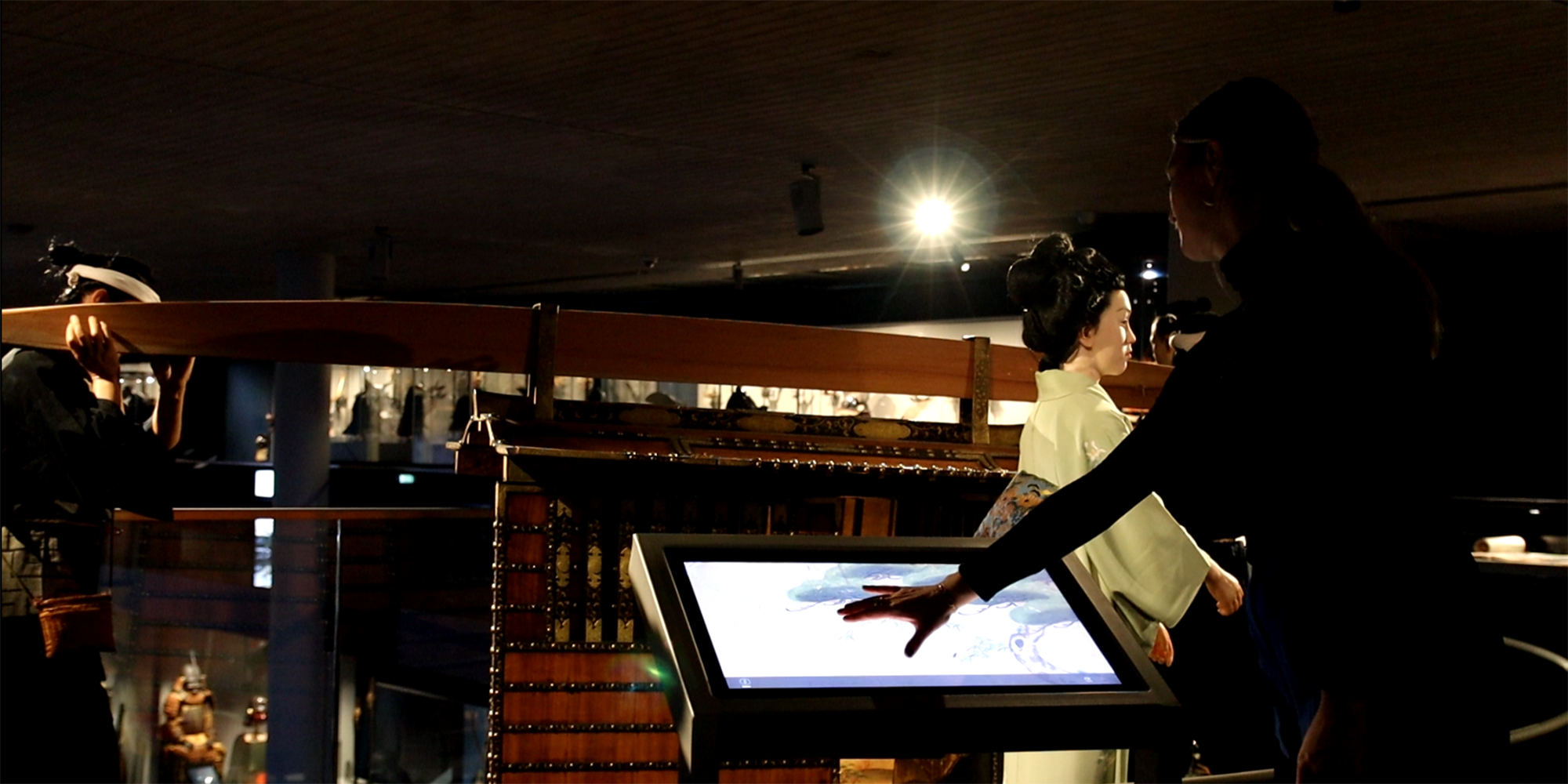
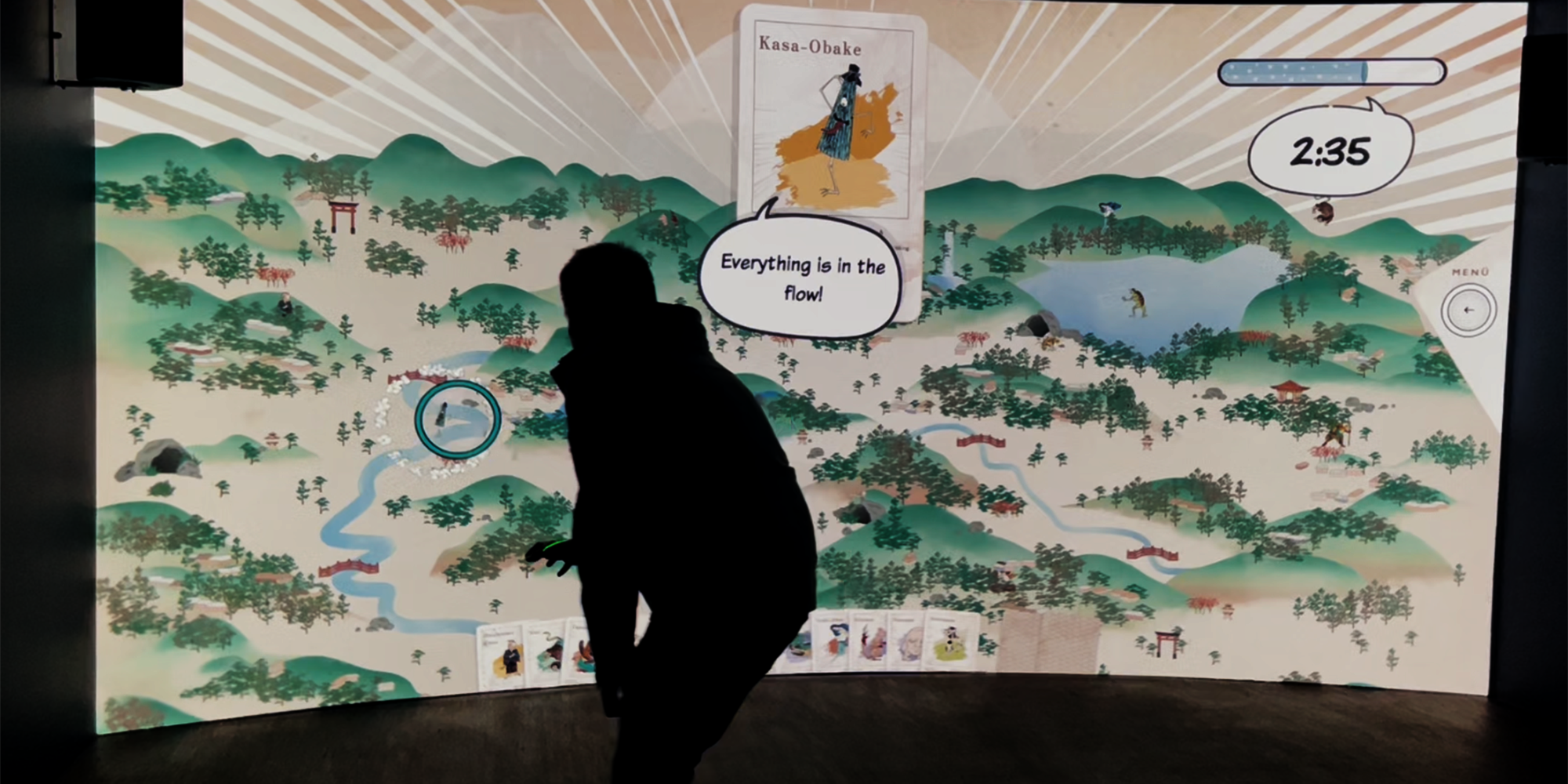

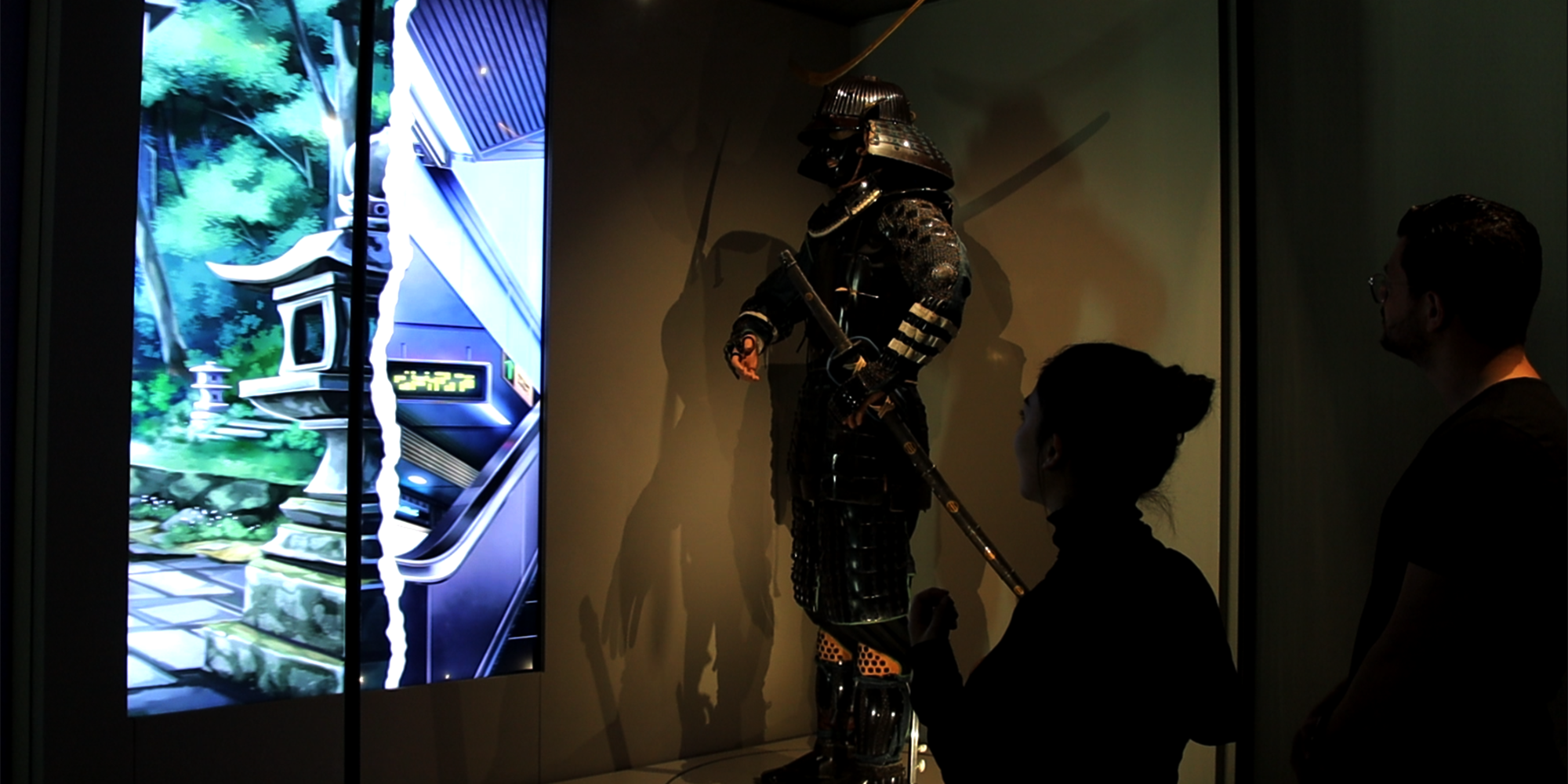


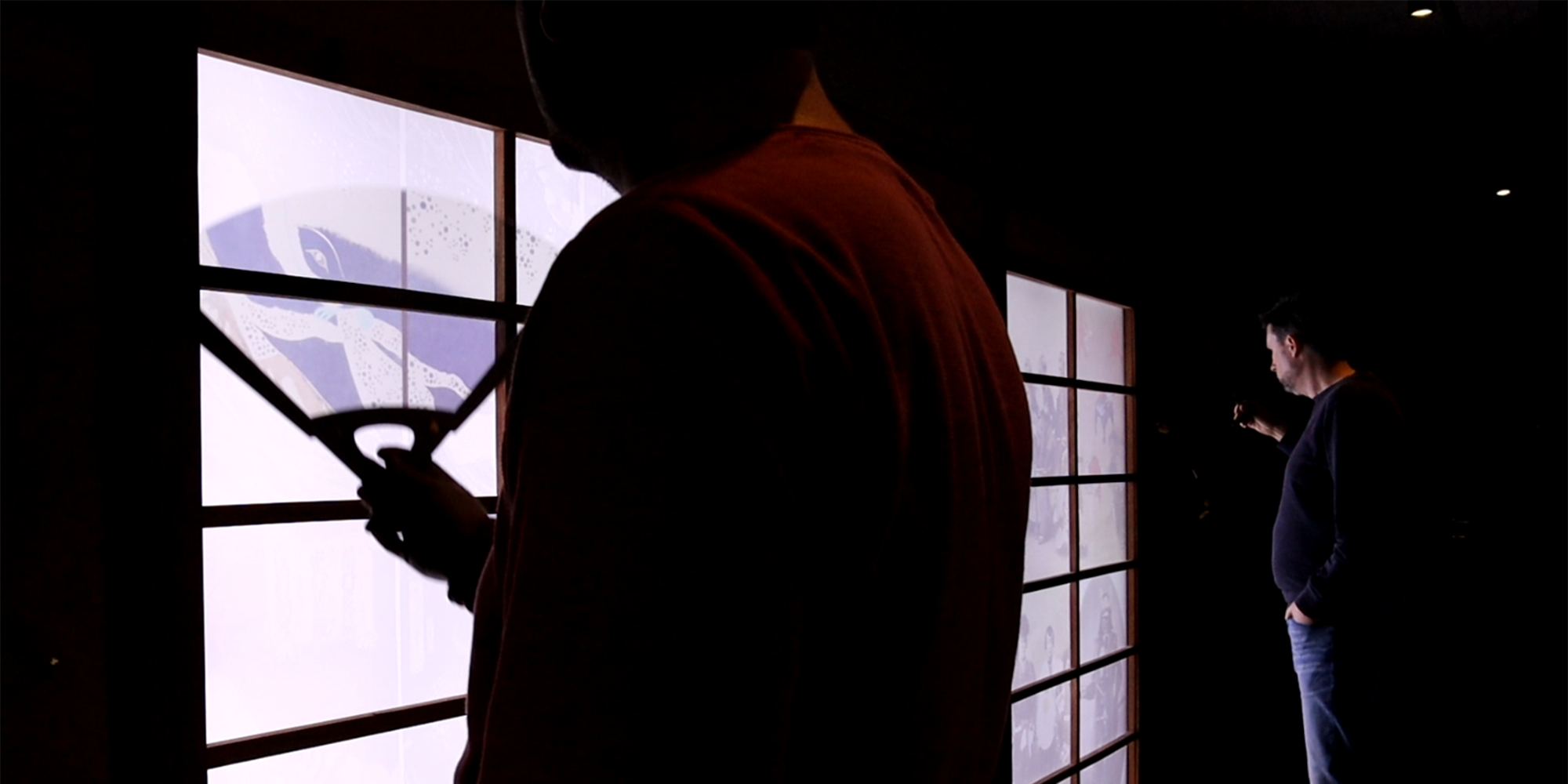

How was the collaboration with Ars Electronica Solutions?
Alexander Jöchl: A great partner who implemented the project with a lot of passion, energy and joy. With Michael Mondria, Ina Badics and the entire Ars Electronica Solutions team, we have found the perfect companions.
Which exhibitions and events have taken place so far and which are planned for the future? Which events were your personal highlights?
Alexander Jöchl: My personal highlight was the cooperation with Sega – a game presentation in the museum. Influencers from all over Europe were here to get to know the new game amidst the original historical objects. We also invited a real samurai to the event who impressively told his story and gave an exciting demonstration of his arts. There was a release concert by Romano with a new video that was partly filmed here, a cooperation with Fashion Week Berlin where the models walked through the museum as taiko drummers, an event with Zoo Magazine, exhibition openings, private events, the Family Night, the Long Night of the Museums, cooperation with the Japan Market, a guided tour and interactive lecture by Ryūnosuke Ōtsuka, 7th head of one of the most famous samurai schools of the Japanese Middle Ages, and much more.
What are your goals for the future of the museum and how do you plan to achieve them?
Alexander Jöchl: We want to become an exciting, exemplary and successful highlight in the museum landscape and establish ourselves as a permanent fixture in Berlin’s and Europe’s cultural landscape. We will achieve this through interesting offers, events, cooperation with institutions, interested people and our view of the future: What should a museum look like today? What do people want to experience in it?
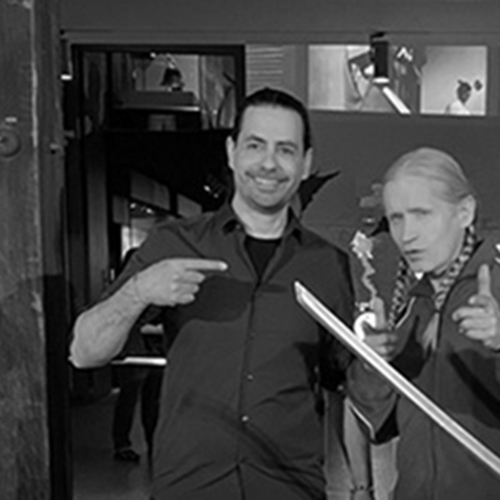
Alexander Jöchl (left; Romano on the right), a native of Austria, lives in Berlin and is the museum director of the SAMURAI Museum Berlin GmbH. His favourite exhibit, apart from the first piece in the collection, the sword production table.
